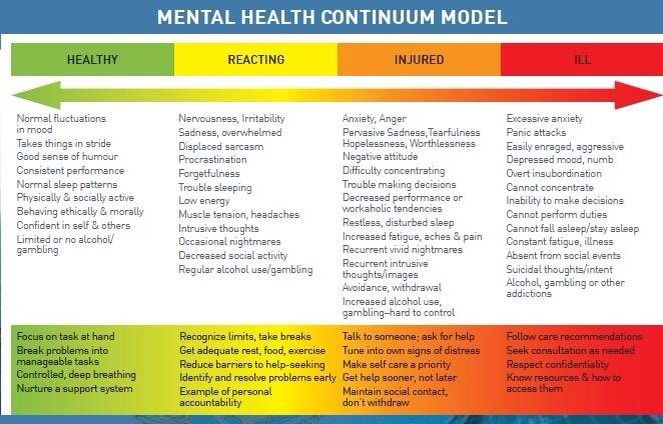The Normalcy of Anxiety
- Pastoral CARE - Admin

- May 20, 2020
- 2 min read
Dr. Gerry Tonn
Our role as pastors/leaders is often perceived as one of strength. While this view can have benefits, our role can become challenging during times of anxiety. COVID19 is a test of our endurance. Part of the struggle is not knowing the outcome. When the church returns, how will we deal with social distancing rules? How will we function without singing? Will parents trust the church? Will seniors come to church? How will we pray for people at altar times? And the ongoing concern…. What about our church finances—will they suffer? We are dealing with situational anxiety.
Situational anxiety is normal.
Simply put, it’s “your body’s natural response to stress. It’s a feeling of fear or apprehension about what’s to come.” (Healthline.com). In our brain we have a small acorn sized organ called the amygdala. One notices the work of the amygdala when one is crossing a busy street. We may experience a heightened awareness of anxiety. When the amygdala perceives a threat, it initiates a response to keep us safe from threat, so we use the word SAFE to help describe this process: Sadness (heightened); Anger (heightened); Fear (heightened); and Excitement (heightened).
Healthline.com states: “Anxiety is a normal part of life, but prolonged or sustained anxiety is not good for us. Anxiety can become chronic or sustained, and as it becomes a greater disorder or acute, it “can cause a rapid heart rate, palpitations, and chest pain. You also run the risk of increased blood pressure and heart disease”
Therefore, there is a constant need to increase our resiliency and capacity. In Toronto, the CN Tower is built to withstand a major earthquake. It is built to be resilient and has the capacity. Like the CN Tower, resiliency is the ability to bounce back during times of stress and crisis. As we build resiliency, we build capacity…. which becomes the inner fortitude to make good decisions during a crisis. Therefore, I use the Mental Health Continuum Model to help build resiliency and capacity.

The green zone is the time where we are not under stress. The yellow zone, or reacting zone, is the most important time of our stress cycle. If not handled well, we can move into the orange or injured zone. In the yellow zone, we need to go to God. Psalms 94:19 states, “When my anxious inner thoughts become overwhelming, your comfort encourages me” [ISV]. It appears that David is dealing with the betrayal of his son Absalom.
God comforts us in our anxiety.
In addition, in the yellow zone, we need to have someone help us with a 360 because we often overthink the crisis and run the risk of cognitive distortions. My wife helps me with this. I also have a Christian psychotherapist. These people help bring me to a place of equilibrium and reality. Finally, sometimes in anxious times, we need medication. This is not wrong…this is the beauty of God’s gift of science.
Let us think on these thoughts…. The need to receive comfort from God, and the need to go to others. May the Lord bless you in a powerful way.
.png)




Comments